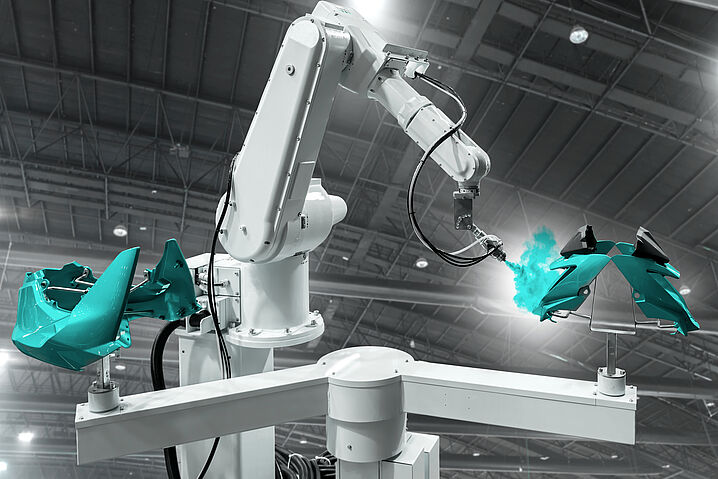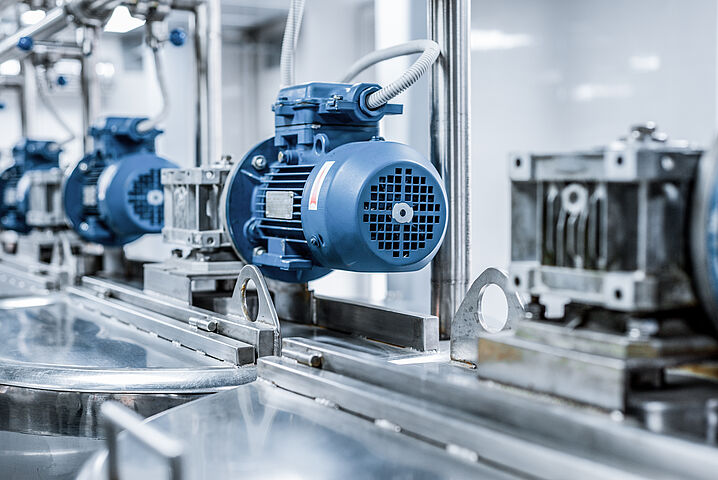The topic of digitization is becoming increasingly important, especially in the context of S/4HANA transformation. In the course of this, it is particularly important for manufacturing companies to optimize master data management in order to react efficiently to fast-moving market requirements in the value chain and to implement product changes. A particular challenge in Product Structure Management as part of PEO is the reconciliation of the engineering list with the manufacturing list.
Mastering product changes with confidence
Product changes can have different origins. Frequently, quality inspection identifies a need for optimization, for example, if a comparable product on the market has a higher performance or an improved feature. It can be changes due to the use of new technologies or for cost reduction reasons. Also, more and more customers expect individual product design. A particular challenge in the change process is that the product structures in product development rarely match those in production planning, as both players view the product from different perspectives and usually maintain it in different tools. Using one tool and one structure or bill of materials for both departments involves many compromises and is usually not satisfactory for anyone.
The life cycle of a product begins with the EBOM - Engineering Bill of Materials, a type of technical bill of materials that depicts the planned product. Once the product has been technically developed, it is transferred to production in the form of a manufacturing bill of material (MBOM). Often, we talk here about source and target BOMs.
If you consider that other areas such as mechanics, electronics and software are involved in the process of changing the product structure, it becomes clear that this process in manual mode is very time-consuming and correspondingly error-prone. What is needed here is a stable solution for the handover of the bill of materials.
Three tools for the handover-to-manufacturing process help to successfully manage the alignment of the engineering bill of materials (BoM) with the manufacturing bill of materials: PSS, 3D VEMP and Intelligent Enterprise Handover.

Product Structure Synchronization (PSS), or Guided Structure Synchronization (GSS)
The EBOM lists are often created in authoring systems outside of SAP, for example in the Siemens TeamCenter, and are transferred to the SAP system via interfaces such as T4S. The transfer from development to production creates the so-called MBOM, which in turn requires preparatory work, since both BOMs have different structures. Production marries the BOM to the plant-specific routing and thus has the components of the product linked to the respective steps that are relevant for production.
The SAP solution PSS is a component of the product structure management and allows a transfer of the BOM from one application to the other. There is a permanent synchronization of both data sets. In the process, the target structures can be adapted and, if necessary, extended. A change to the product is thus traceable in EBOM as well as in MBOM. If individual components of the two parts lists do not match, the system points out the conflicts and even suggests solutions.
To ensure that reconciliation runs smoothly, individual components of the parts list are maintained as units in the system. All changes are assigned a number and can be traced at any time. During synchronization, the system indicates which component has changed and in which synchronization unit of the MBOM the change has been included. If extensions are necessary for the MBOM, these are created as new items in the corresponding synchronization unit and the assignment to the component of the EBOM is guaranteed.
SAP 3D VEMP
As the name suggests, SAP 3D VEMP - Visual Enterprise Manufacturing Planning - is a tool that enables the creation and synchronization of BOMs using 3D data. The visual part facilitates the operation, but it is not obligatory and can be hidden. The creation of the MBOM - or the production BOM - is done by drag and drop, and the part to be created is directly visually displayed and linked to the EBOM - or the design BOM. The susceptibility to errors is thus significantly reduced, as it is visible which material is currently being processed. Product changes are also visually represented so that the assembly to be changed accordingly can be identified in production planning based on the illustration.
In 3D VEMP, the user will find a modern interface and a customizable layout. For example, the design BOM including 3D visualization can be displayed next to the production BOM on the same screen. This makes machining much easier, especially for highly complex components.
Another interesting feature is the creation of a visualized work instruction as a guide for the worker. In this way, individual construction steps can be recorded in the correct sequence as an animation and passed on to the production worker.
Intelligent Enterprise Handover
A new SAP tool Intelligent Enterprise Handover combines functionalities of PSS and 3D Vemp. A dedicated dashboard supports the creation of the MBOM based on notifications, shows possible impacts with an impact analysis and supports the creation of MBOM based on a rule framework. The tool supports the production engineer in transforming a configurable EBOM into a filtered EBOM, which is then used to create a plant-specific MBOM. This automatically triggers the reconciliation based on the defined handover rules. If conflicts exist, these can be adjusted manually.
Pros and Cons
Anyone who works with complex BOMs and wants to save the effort of doing manual hand-over to manufacturing is well served by all three tools. PSS offers a solid solution that requires some presettings, but recognizes the changes well, points out conflicts and suggests solutions. The traceability of changes is also as secure as it is simple. If the BOMs are highly complex and a 3D representation is desired, SAP 3D VEMP is an up-to-date and flexible solution, but it must be licensed additionally. For those who want to combine the functionalities of both worlds, the new Intelligent Enterprise Handover tool provides a smart, integrated solution for their SAP system.

A particular challenge to the change process is that product structures in product development rarely match those in production planning, as both actors view the product from different perspectives and usually maintain it in different tools.

